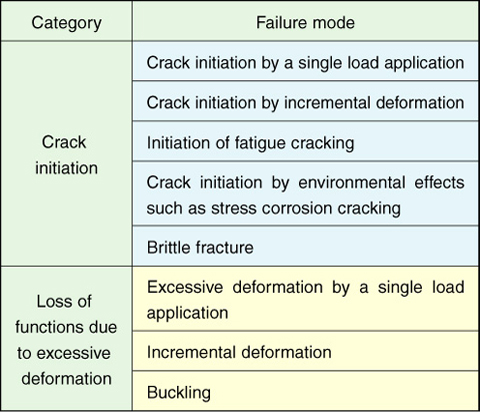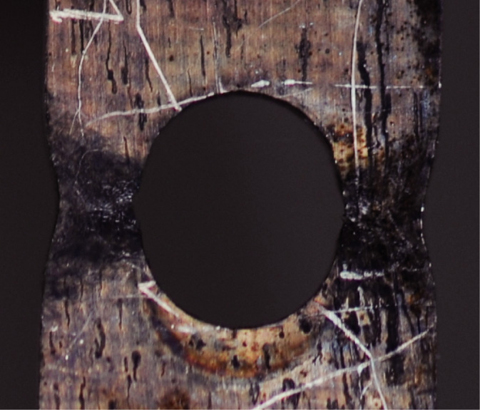Table 8-2 Systematic categorization of potential failure modes for a wide range of ductility


Fig.8-11 Deformation behavior of an intensely irradiated structure with a discontinuity
Upgrading of fast breeder reactors, extension of operative duration of light water reactors, and development of fusion power systems require rationalization of component design under exposure to intense neutron irradiation. The components in use must meet the requirement that the tensile elongation of the component material be above a specified value (for example, 10%). However, the requirement is not always met in intense irradiation conditions.
Several studies reveal that under irradiation conditions up to tens of dpa (displacements per atom), even a material with reduced elongation has sufficient ductility, because even in a reduced elongation condition, the reduction in area (better ductility index) is sufficiently high. However, with further increases in irradiation neutron fluence, even the ductility is expected to gradually decrease. Therefore, a concept for assuring structural integrity has been developed for application to nuclear components where the ductility reduces as irradiation continues.
As the ductility decreases, the fracture mechanism changes (especially failure modes and deformation behavior). Therefore, although in current structural codes in which high ductility is required the tensile strength parameter as an alternative to fracture strain, has been used for generating design allowable limits, it is not appropriate to use this parameter in such reduced ductility conditions. Thus we first identified failure modes, especially with regard to how the modes change with reduced ductility, and then we elaborated a universal categorization of failure modes in order to systematically develop the concept to apply it to a wide range of ductility, ranging from high to reduced. At a low temperature where creep phenomena are not observed, we found that the modes are categorized into a crack initiation group and a loss of function due to excessive deformation group, as summarized in Table 8-2.
Next, for each failure mode, we considered what kinds of limiting parameters should be selected for generating design allowable limits. The key conclusion is that the limiting parameter should be selected by considering which occurs first: localized deformation due to tensile plastic instability, or crack initiation. Systematic selection criteria were then developed for application to a wide range of ductility. The applicability of the selection criteria was not clear in structures with discontinuous configurations which cause complicated deformation behavior, and tensile testing of an intensely irradiated structure with a discontinuity was conducted. The discontinuity was a circular hole in the center of a flat plate. The deformation of the structure just before fracture is shown in Fig.8-11. After passing the maximum load point, the plastic deformation became unstable and localized, and at that time no crack initiation was observed on the surface. Such a localized deformation or necking is often observed in tensile testing of a simple tensile test specimen according to the Japanese Industrial Standards (JIS). Accordingly, it can be concluded that the selection criteria are applicable to structures with actual configurations.
A part of the present study was performed under the sponsorship of Japan Nuclear Energy Safety Organization (JNES) Fundamental Research Project on Nuclear Safety.